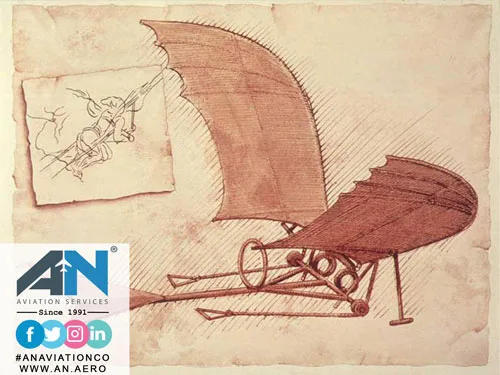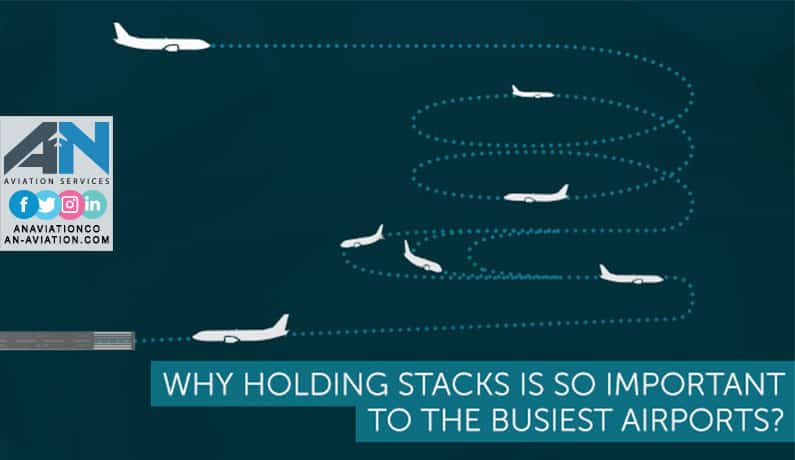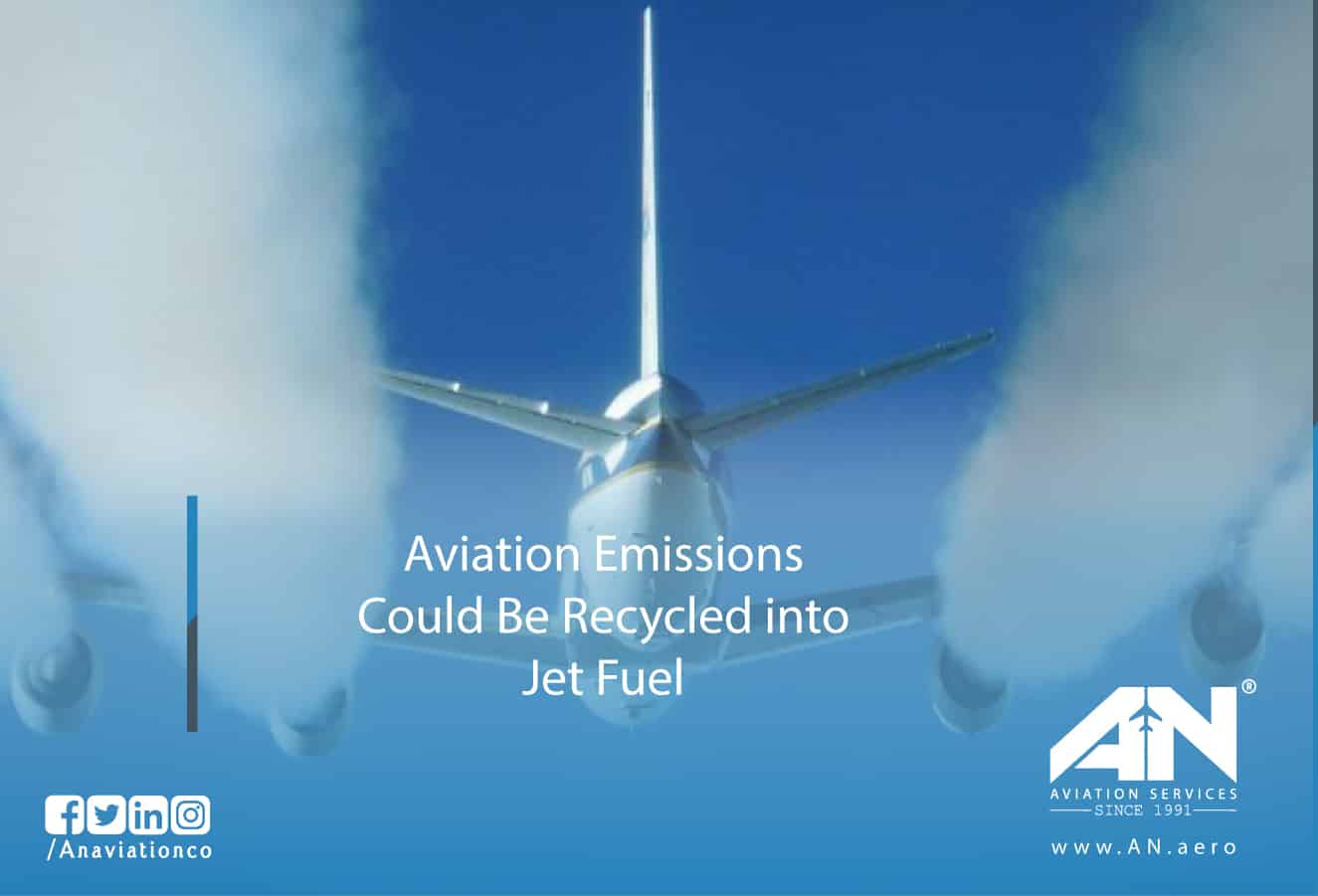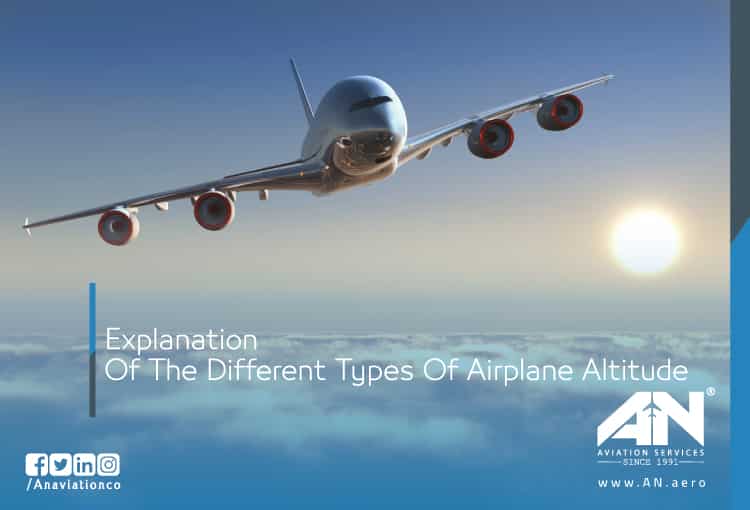
The Airbus A340, renowned for its long-haul capabilities and impressive range, is an engineering marvel. However, being a large, four-engine aircraft, it requires a considerable takeoff length to safely lift off the runway. For airlines operating this aircraft, optimizing takeoff distance is a continuous challenge that directly impacts efficiency, safety, and cost.
Through the power of mathematics, airlines have discovered ways to reduce the Airbus A340’s takeoff run, enabling it to operate effectively on shorter runways while maintaining stringent safety standards. This innovative approach involves calculating precise variables such as aircraft weight, runway conditions, and weather. By leveraging advanced modeling and real-time data, airlines are rewriting the rulebook on how large jets takeoff and land, even on challenging wet runways or in high-altitude conditions.
In this blog, we’ll explore how mathematics drives these optimizations, making the Airbus A340’s takeoff process more efficient and accessible.
The Importance of Takeoff Length in Aviation
The takeoff length of an aircraft refers to the distance it requires to accelerate from a standstill to the point where it achieves liftoff. This calculation is critical, as it ensures the plane has enough runway to reach the necessary speed for takeoff while accounting for variables like wind, weight, and runway surface conditions.
For an aircraft as large as the Airbus A340, achieving this balance is no small feat. The A340 typically requires over 3,000 meters (10,000 feet) of runway for a safe takeoff run, depending on its configuration and environmental factors. This long requirement limits the airports it can operate from, which is why reducing the required takeoff distance is so valuable to airlines.
Shorter takeoff runs can open up new route possibilities, reduce operational costs, and improve safety margins, particularly on wet runways or runways located at high altitudes, where thinner air affects engine performance.
How Mathematics Optimizes Takeoff Runs?
The process of reducing the Airbus A340’s takeoff length is grounded in mathematics. Advanced software and algorithms calculate the interplay of various factors that influence the takeoff process. These calculations enable precise adjustments that optimize performance while adhering to safety regulations.
Aircraft Weight and Balance:
The aircraft weight is one of the most critical variables affecting takeoff distance. Heavier planes require more runway to accelerate to liftoff speed. By redistributing cargo and fuel or adjusting passenger seating, airlines can optimize the aircraft’s center of gravity. This balance reduces drag and enhances lift, shortening the required takeoff run.
Flap and Slat Settings:
By carefully calculating the ideal flap and slat settings for each flight, airlines can increase the aircraft’s lift at lower speeds. This adjustment allows the A340 to take off with less runway. The precise angle and deployment of these surfaces are determined by mathematical models that account for the specific conditions of the flight.
Thrust and Engine Power Settings:
Engine power is adjusted to provide the optimal thrust for a given takeoff run. While maximum thrust might seem like the obvious solution, it’s not always the most efficient or safest option. Instead, calculations help pilots find the sweet spot between acceleration and fuel efficiency, ensuring the plane achieves the necessary speed without unnecessary stress on the engines.
Real-Time Adjustments:
Modern technology allows pilots and airlines to use real-time data—such as wind direction, temperature, and humidity—to refine their takeoff calculations. For example, a strong headwind reduces the runway length required for takeoff, while a wet runway may increase the need for additional distance due to reduced tire friction.
Challenges on Wet Runways
One of the most complex scenarios for an Airbus A340’s takeoff run is a wet runway. Water reduces the friction between the tires and the runway surface, making it harder for the aircraft to gain traction and accelerate.
In such cases, airlines must calculate adjusted speeds and distances to ensure a safe takeoff. This often involves using longer takeoff distances or employing special braking systems to maintain control during the acceleration phase. Anti-skid systems and grooved runways, which channel water away, also play a role in mitigating the risks associated with wet conditions.
Mathematical models used in flight planning take these variables into account, ensuring that even in challenging weather, the Airbus A340 can safely take off and climb.
Benefits of Optimized Takeoff Length
Reducing the Airbus A340’s takeoff distance offers several advantages:
- Access to More Airports: By requiring less runway, the A340 can operate in a wider range of airports, including those with shorter runways. This expands route options for airlines and allows them to serve more destinations.
- Improved Fuel Efficiency: Shorter takeoff runs typically result in reduced fuel consumption, which lowers operational costs and supports the aviation industry’s sustainability goals.
- Enhanced Safety: Precise calculations reduce the risk of errors or incidents during takeoff, particularly in challenging conditions such as high-altitude airports or wet runways.
- Cost Savings: Efficient takeoffs help airlines save on fuel, maintenance, and other operational costs, all while maintaining safety and performance.
Mathematics: The Unsung Hero of Aviation
What makes these advancements so remarkable is the behind-the-scenes role of mathematics. From flight simulators to real-time onboard calculations, every adjustment made during the start of the takeoff is rooted in precise mathematical principles.
For example, before a flight, pilots receive a detailed briefing that includes runway conditions, weather forecasts, and aircraft load. These variables are plugged into sophisticated software that generates optimal speeds, flap settings, and thrust requirements for the specific flight. The result? A seamless takeoff run that maximizes safety, efficiency, and performance.
Conclusion: The Future of Takeoff Optimization
The ability to reduce the Airbus A340’s takeoff length through mathematics is a testament to the aviation industry’s commitment to innovation and efficiency. By leveraging advanced calculations, airlines are not only improving the performance of large aircraft but also opening new possibilities for global travel.
As technology continues to evolve, the potential for further optimization is limitless. From more advanced flight planning tools to real-time weather monitoring, the future of aviation promises even greater efficiency, safety, and sustainability. For now, the story of how mathematics helps the A340 take off is a perfect example of how precision and innovation are propelling aviation forward—literally.
















